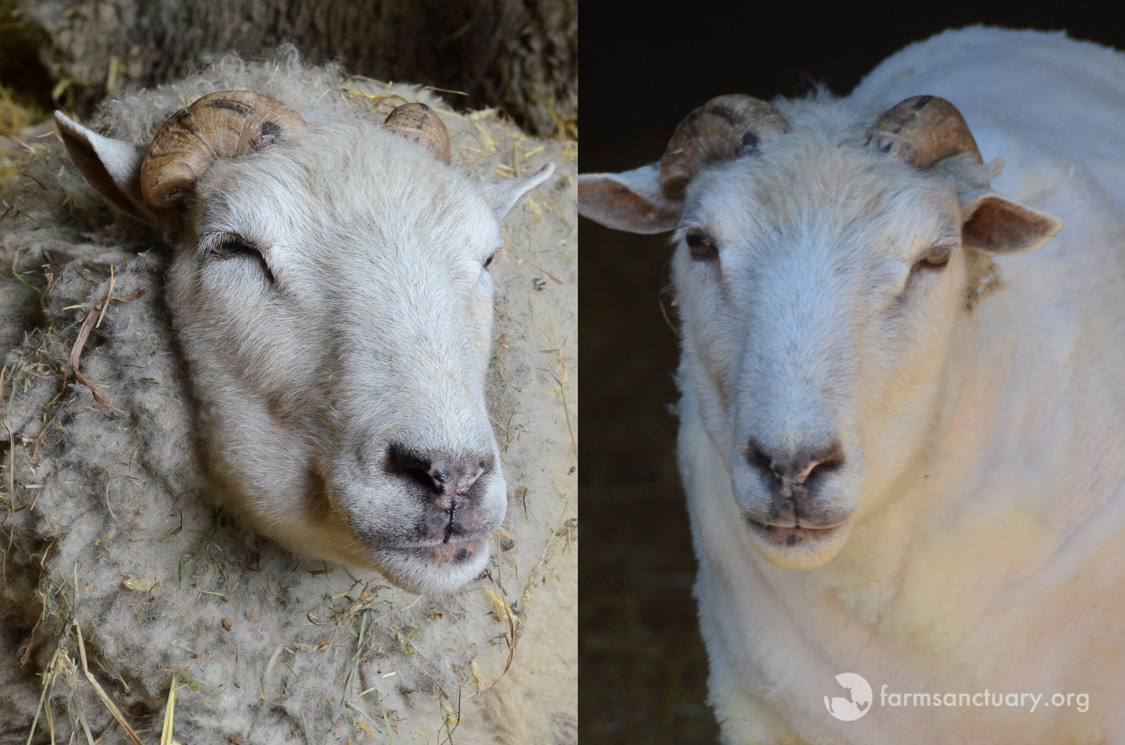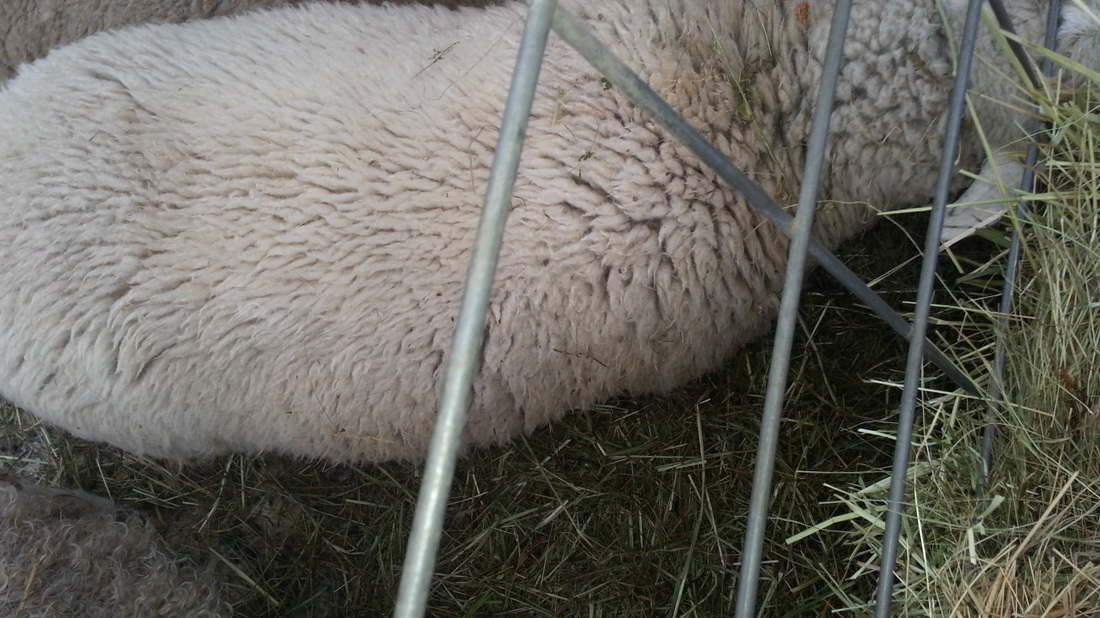The more ancient species of sheep like the shetland, soay etc do shed their fleeces naturally and humans would just go around picking up the wool but once man started to selectively breed sheep for their fleeces they lost the ability to shed naturally and had to be shorn.. Primitive sheep like bighorns in the west still shed most of their wool every year. and domestic sheep, the ones raised primarily for their meat, will do some shedding. and domestic sheep, the ones raised primarily for their meat, will do some shedding.. There are four possible situations when gotland sheep might shed naturally: if they are not shorn for a whole year, the fleece felts and starts to peel backwards from the neck, at which point they start to rub it off � they really do benefit from shearing twice a year..
Shedding sheep some of the newer breeds of hair sheep are crosses between "pure" hair sheep breeds and meat-type wooled breeds. they grow more wool than traditional hair sheep, but shed their coats annually and do not require shearing. they may be more accurately identified as "shedding" sheep.. While there is some disagreement as to what hair sheep are, generally speaking, hair sheep are sheep that have more hair fibers than wooly fibers. they do not require shearing, because they naturally shed their coats. some hair sheep have pure hair coats, whereas others have coats that contain a mixture of hair and wool fibers that is naturally. The excess wool growth in sheep bred for their wool is the result of selective breeding for wool production. the wild ancestors of domestic sheep, mouflon, don't have much wool. today there are domestic sheep breeds that don't have any wool..




